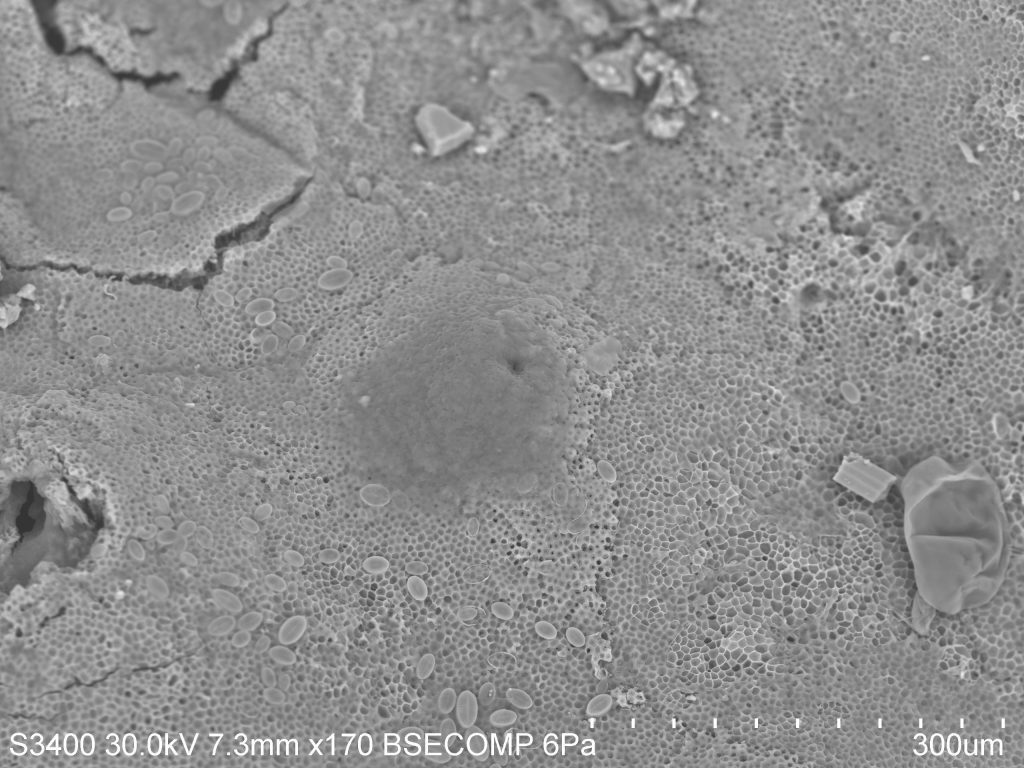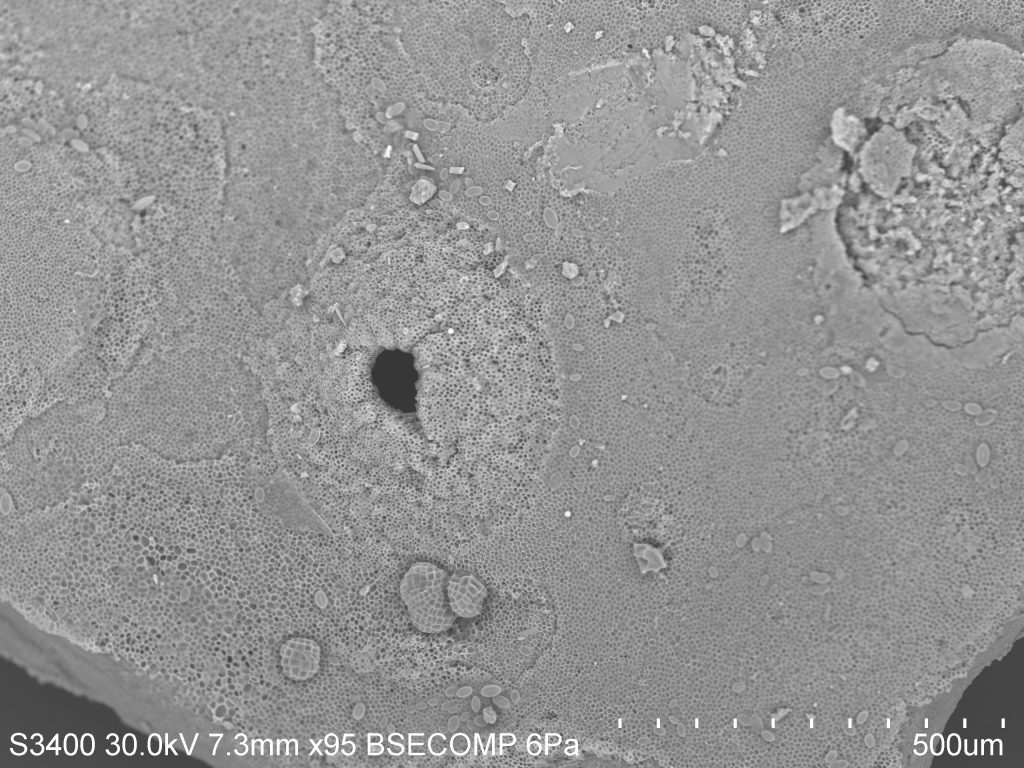Have you ever wondered how algae reproduce? Algal species do not reproduce like plants specifically by using pollen and most do not have special friends like bees to help them reproduce with other individuals. The cool thing about algae is that each kind of algae and sometimes even individual species experience the "birds and the bees" in a different way. For instance, there are some species of algae that belong in the green group that have positive and negative phototaxis gametes. This means that when the gametes (male or female) need to find a mate, they are attracted to the light and come to the surface (positive phototaxis), where they meet all the other singles in the area. Kind of like going out to a bar. Once they have found their mate, they sink to the bottom (due to negative phototaxis) to settle together on a rock and make a new individual. Kelps, belonging to the brown algal group, have special pheromones and flagella that are used in the reproductive process. Female gametophytes or eggs have different kinds of pheromones like animals do that attract the sperm to the egg. Essentially, kelps make the boys do all the work! The males have flagella, or swimming appendages, that help them move towards the female once they recognize the pheromone. Once the female gametophyte is fertilized the female is taken over and the new individual actually grows from that female egg. Red algal species are also very different in how they reproduce.
Specifically, coralline algae, the crustose form, has to get very creative in its reproductive cycle. When the coralline crust is ready to reproduce it creates little cenceptacles or cases along the top of the crust. It then fills the conceptacle with reproductive material or tetrasporangia. When they are ready to release this material, the conceptacle bursts through the top layer of the crust and the reproductive material, or tetraspores are cast into the water column to find a mate and settle on a nearby rock before something comes along and eats it! In the picture to the right you can see this conceptacle in the crust. It has yet to fully burst.
However, the picture on above is on the same piece of crust just in a different area and you can definitely see where the conceptacle used to be. If you were to look at this crust with the naked eye you would not have been able to see any of this. But thanks to the SEM, a human can actually see the detail of an individual conceptacle. To a phycologist, this is SUPER cool! Hopefully you all find it slightly fascinating too!



